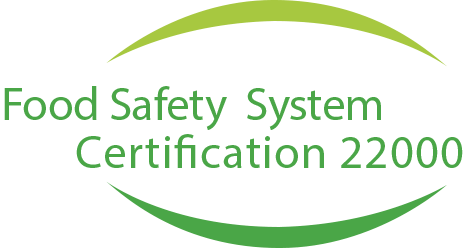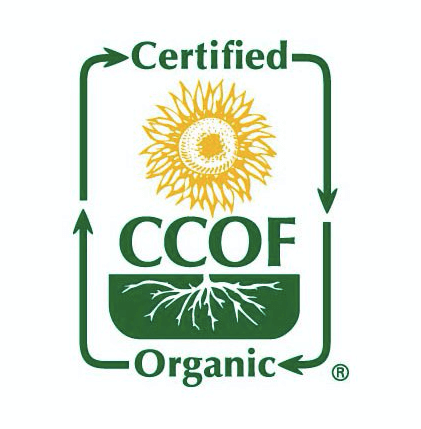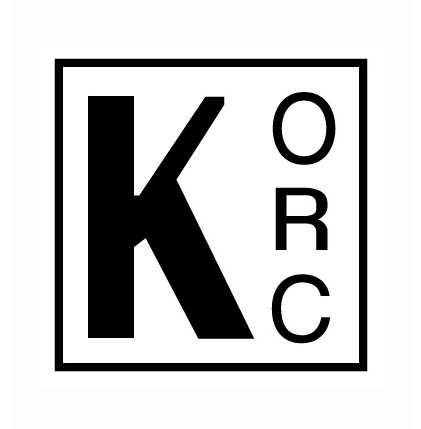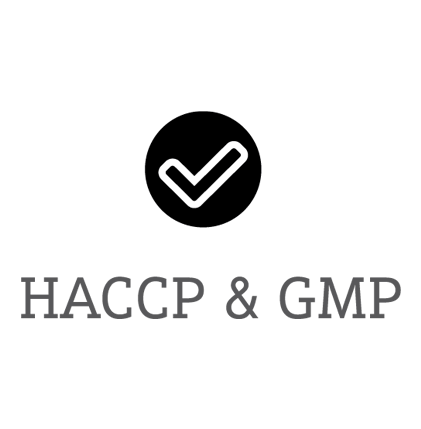The FSSC 22000 Scheme has 3 required components
- ISO (International Organization for Standardization) 22000 – provides a common framework across the entire supply chain to manage requirements, communication internally and externally, and continually improve the system. It integrates the principles of the Hazard Analysis and Critical Control Point (HACCP) system and application steps developed by the Codex Alimentarius Commission.
- PRPs – Sector specific Pre-requisite Programs (ISO/TS standards). Pre-requisite programs include: Sanitation and maintenance, product rework and recall, personnel hygiene, warehousing and food defense.
- FSSC 22000 Requirements – adds specific requirements to ensure consistency, integrity and to provide governance and management of the Scheme.
The main differences between FSSC 22000 and schemes like IFS, BRC and SQF are:
Independent, international standards
FSSC 22000 uses international, independent ISO standards and additional requirements. These standards are not owned by a specific stakeholder organization like most other GFSI recognized schemes. The standards are developed and maintained by Food Safety experts from around the world working together in an ISO committee. The experts are nominated by the members of ISO, the national standardization organizations. They come from all stakeholders from the food supply chain like retailers, manufacturers, food authorities etc.
Management System Certification
FSSC 22000 is a management system certification scheme. Schemes like IFS, BRC and SQF are process / product certification schemes. This means a significant difference in the audit approach.
First, the audit duration of a FSSC audit is longer and the audits have more depth. FSSC is not an annual audit where a list of requirements is checked but has a three-year cycle. It starts with an initial certification that includes a stage 1 and 2 audit. The stage 1 audit is reviewing if the food safety management system covers all requirements and has an in depth review if the HACCP plan is complete and robust. Approximately 6 weeks later the stage 2 audit is conducted. This covers the implementation and effectiveness of the system. It includes a review of the implementation of CCP’s, OPRP’s and PRP’s. After a successful certification audit a certificate is issued with a validity of 3 years. Each year a surveillance audit is conducted reviewing if the system is continuously implemented, effective and up to date. After 3 years a re-certification audit is conducted where the whole system is reviewed again and when being successful the certificate will be extended.
Another significant difference between a management system audit and a process/ product audit is that management system audits focus also much stronger on management commitment, effectiveness, and continuous improvement. This supports the organization in achieving better results and a higher level of conformity.
Focused on Food Safety
As ISO 22000 and the technical specifications for sector PRPs are covering food safety the whole audit is focused on the management and assurance of food safety. Using management system standards like ISO 22000 enables an organization to build an integrated management system covering all aspects relevant for an organization and its clients.
Valley Select is certified by SGS (Société Générale de Surveillance), an organization accredited by UKAS (United Kingdom Accreditation Service).
Valley Select, LLC Food Safety Policy
Valley Select, LLC, (SVR), management is committed to providing products which are safe and of the highest quality, meeting or exceeding customer specifications, while complying with all regulatory requirements. In order to fulfill that commitment they have created a Food Safety Team who shall strictly adhere to the Food Safety Management System and operational methods in which food safety and customer satisfaction are the primary goals.
We are committed to the continual improvement of this Food Safety Management System, through the monitoring of our performance against established goals and through leadership that promotes teamwork and employee participation at all levels.




